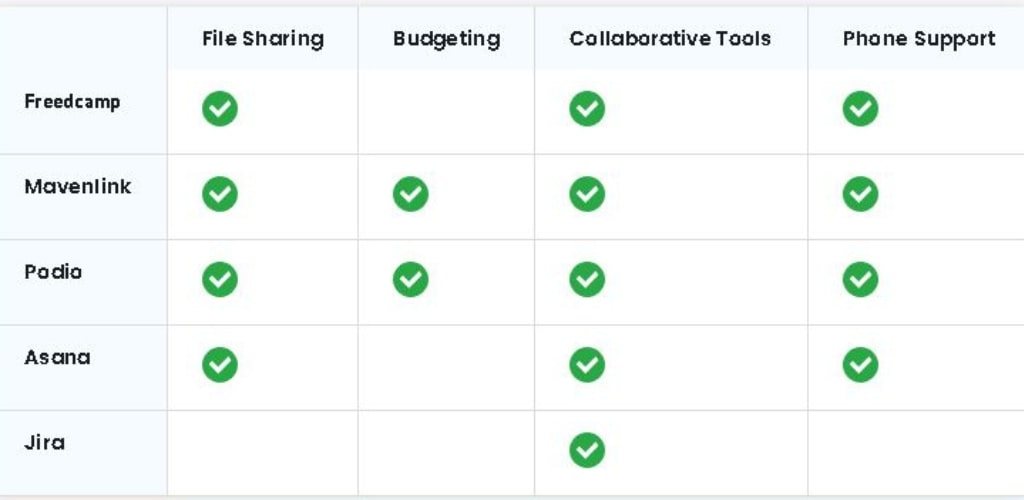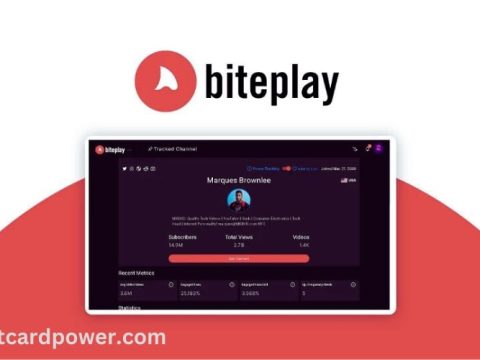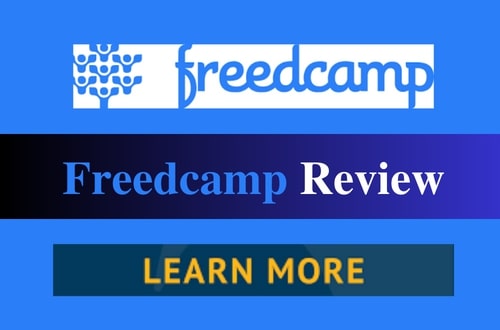
Freedcamp Lifetime Deal: $59
Freedcamp is a solid but fairly basic and run-of-the-mill project management software. It has all the conventional features of a great tool but does very little to differentiate itself from the competition when considering its paid options. However, if you are looking for a free task management platform, this tool exceeds expectations.
Every few years, some revolutionary thinker or by accident introduces a new trend.
Interestingly, it doesn’t really matter who thinks about it or presents it; what matters is what changes because of it and the consequences of its introduction, which is usually a long series of imitators and scams that try to profit from the new trend until it disappears.
While testing Freedcamp, I couldn’t help but feel like I was trying out yet another copycat in a long line of copycats in project management software.
Do not misunderstand; the software takes what other vendors have done and offers those features in a convenient and reliable package. But the only thing that sets Freedcamp apart from the competition is the free version of its software and its relatively inexpensive pricing model for the paid options. More on that later.
Who is Freedcamp for?
Freedcamp is perfect for users looking for simple software that covers the basics of project management without all the complications and fancy features, especially if you’re on a tight budget.
In fact, I would recommend this tool to any team or project manager who is new to this type of software.
There are very few project management tools on the market that offer unlimited users, storage, and projects with the free version of the software, and that is the secret sauce of Freedcamp.
However, once you get past those benefits, you’ll find a paint-by-numbers project management tool beneath the surface. Once you move up to its paid versions, Freedcamp has no unique features that you can’t find in any other tool, many of which are cheaper.
Freedcamp Features
Freedcamp offers many of the basic features you’d expect from paid project management software but leaves some behind, like budgets, Gantt charts, and Kanban boards.
As I mentioned, Freedcamp really shines with its free version, which offers unlimited users, projects, and storage—something almost unheard of with free project management tools.
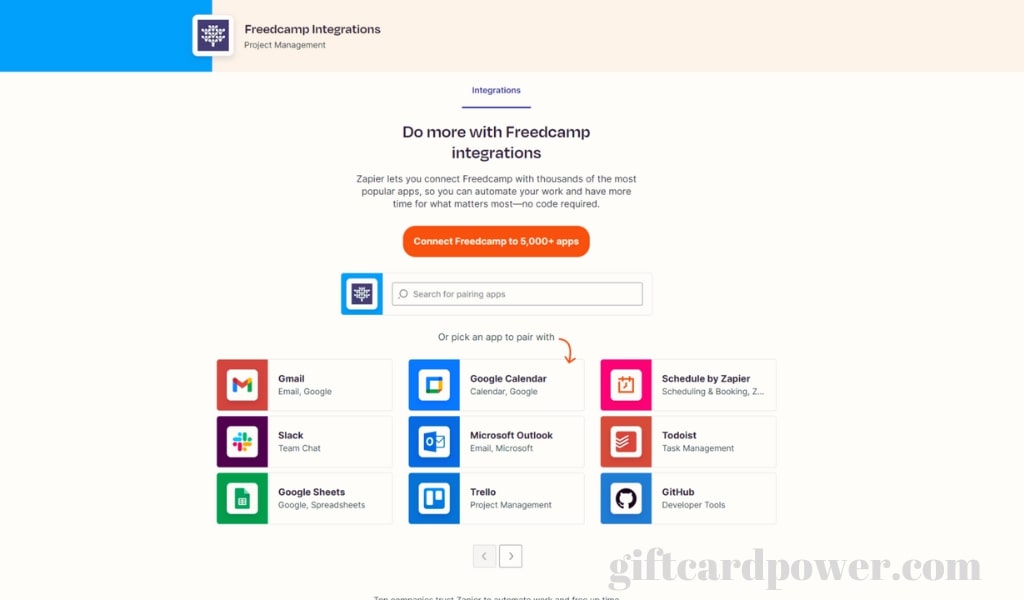
Management and planning functions:
Task Prioritization and Scheduler: Freedcamp offers task lists, Gantt charts, and Kanban boards that allow you to tag relevant users, comment on task progress, and share project resources (documents, charts, tables, etc.).
Shared Team Calendar: A team calendar is included in the main dashboard as well as in its own separate menu selection that displays tasks, their duration, and their priority.
Time Tracking: With Freedcamp, you can track time spent on individual tasks and then bill those tasks accordingly using the billing feature.
Documentation features:
Freedcamp includes a documents and files section where you can upload images, documents, and spreadsheets from your computer and organize those files in their respective folders.
Collaboration Features:
File Sharing: Every Freedcamp task has a file upload and sharing system, so you can quickly share resources with the rest of your team.
Communication: Not only does each task on Freedcamp have a comments section so you can communicate with your team about individual actions, but the platform also includes a separate discussion tab where you can create threads related to different aspects of your project.
Team Dashboards: Freedcamp’s main dashboard includes a task list, notification indicator, project list, and a compact, shared team calendar that lets you see everything that’s happening that week.
Mobile App: Freedcamp offers a mobile version of its software for iOS and Android users, so you can stay in touch with your team and coordinate project tasks while on the go.
Security features
Single Sign-On (SSO) Integrations: Freedcamp integrates with multiple renowned SSO providers, such as Google SSO, Okta, and Microsoft Azure AD.
Two-factor authentication (2FA): Freedcamp allows you to set up additional identity verification through 2FA.
Account Permissions: Protect your assets by using granular permission controls (task, team, and project) to restrict access to only the correct users.
Budgeting and reporting features
Reporting Dashboards: Track your teams’ progress and workloads through Freedcamp’s reporting dashboards (only available with Business and Enterprise plans).
Invoicing: Using time-tracking features, you can create and send invoices to your clients.
Working together with the time tracking feature, you can create and send detailed invoices to your clients.
The ease of use of Freedcamp
Freedcamp is easy to use but somewhat difficult to navigate. On the main dashboard, you have access to some of the most important data, such as a simple task list, important updates, a project list, and a simplified shared team calendar.
The only menu available is the top navigation bar, which includes buttons for the home panel, projects, to-do list, main shared calendar, and widget builder.
Unfortunately, this home panel doesn’t give you a direct path to other features, such as files, discussions, time tracking, or reports. Instead, I had to search for these features, which was a bit frustrating at first.
To navigate to a specific project’s dashboard, click the “choose project” drop-down menu in the top left corner of the screen and click on a current project, which will take you to its dashboard.
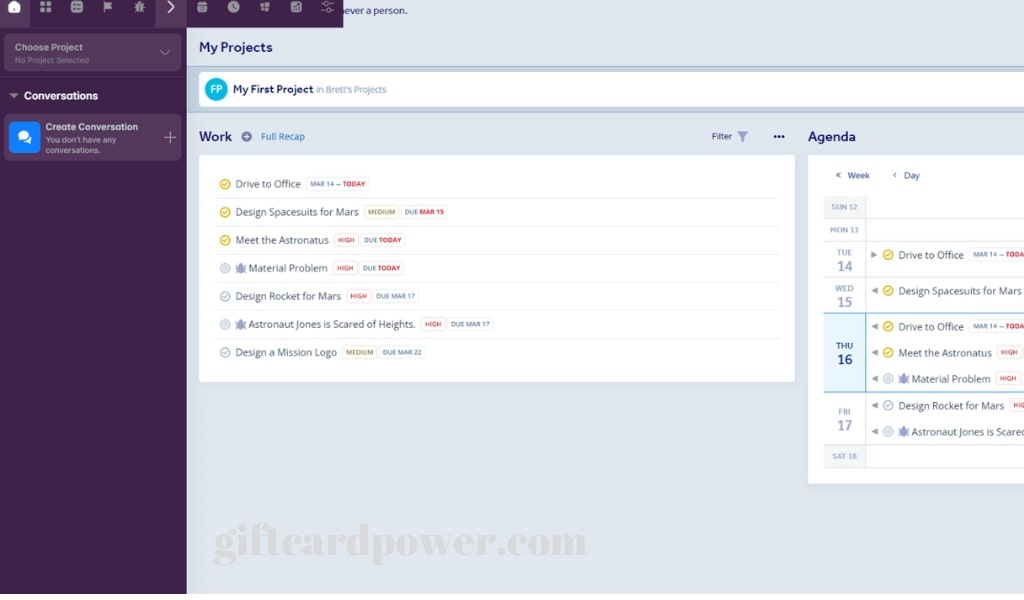
Once there, there’s a new side menu that gives you access to the aforementioned discussions, time tracking, and files, but no reports yet. I tried the “Minimalist” tier, which is just above the free tier, but you need to upgrade to an even higher tier to get access to the reporting features.
I find it quite surprising that such a key feature as reporting (even the ability to generate simpler reports) is hidden behind not one price level but two. It’s not exactly a deal-breaker considering the low price of this tool, but it’s amazing all the same.
Once you get the hang of the navigation quirks, Freedcamp is pretty easy to use. Creating tasks, managing calendars, saving files, and having discussions work as expected.
In late 2020, Freedcamp added new task management features, including Gantt charts and Kanban boards, which really increased the versatility of the platform. When I reviewed Freedcamp in 2019, the only real options for task management were a simple task list and a shared calendar to display task due dates.
These features, while useful, do not provide enough contextual information about the project execution process, such as the time it takes to complete the work or bottlenecks that slow down the process.
However, the addition of these features really improves my view of the FreedCamp platform. While the functionality and design are still not original within the project management software market, I always appreciate the inclusion of more user-friendly features that users are really looking for.
Freedcamp Pricing
Freedcamp has all but supplanted Podio as one of the cheapest project management tools I’ve seen.
The free version of Freedcamp has a lot to offer, including task management, shared team calendars, file sharing, team communication, and much more.
The reason I say that Freedcamp “almost” beats Podio is that while the monthly rates for the paid tiers are very affordable considering everything you get, the former structure is pricing per user compared to the latter’s flat rate.
That said, Freedcamp is extremely affordable for its first two price tiers and even relatively affordable when it comes to the top enterprise tier:
Free: Unlimited projects, tasks, storage, and users.
Minimalist: $1.49/user per month; includes all core features plus email integrations, Google Calendar and Drive integration, Dropbox integration, and OneDrive integration.
Business: $7.49/user per month; includes all features above plus issue tracking, invoicing, CRM capabilities, project templates, and reporting.
Enterprise: $16.99/user per month; includes all features above plus project overviews, customizable branding, priority email and phone support, data archiving, private cloud servers, two-factor authentication, and startup capabilities in a single session.
My main complaint with Freedcamp in terms of pricing is that it reserves seemingly basic features, like reports and templates, for the higher pricing tiers.
I understand putting specialized features like private cloud servers or two-factor authentication in the more advanced options, but basic features belong in the basic options.
For this reason, I took a few points off Freedcamp’s features and price scores.
Work with Freedcamp support
All Freedcamp pricing tiers have access to some form of support, but it hides phone support behind another paywall—you’ll have to purchase the Enterprise pricing tier for that, and for $16.99 per user per month, it’s a high price. pay to talk to a real human being.
Lower levels allow access to a multitude of helpful video tutorials and product guides, but contact forms are the only form of customer support at those levels. You can expect a response within 24 hours.
Freed Camp Benefits
The biggest benefit of Freedcamp is the price. This software has a lot to offer for very little.
If you’re looking to learn the ins and outs of project management software and don’t want to lose tons of money in the process, this is the perfect tool for you. Freedcamp can do almost anything that most other project management tools can do.
Sure, you’ll leave behind certain features, like integrations, templates, and reports, but you’ll be hard-pressed to find another free tool that offers unlimited users, projects, and storage.
If you are looking for a tool that can manage your tasks, track time spent on those tasks, store files, create team discussions, generate invoices, and create reports, then Freedcamp has you covered.
Additionally, Freedcamp also prides itself on its security capabilities, particularly important during 2020, which has seen a dramatic increase in cyberattacks. In addition to its SSO, 2FA, and account permissions features, Freedcamp has partnered with Cyberoo, an Italian cybersecurity company.
Cyberoo put Freedcamp through penetration testing sessions and determined that the platform is secure against hacking attacks, making it a solid choice for distributed teams.
This is great news for those working from home during the COVID-19 pandemic and concerned about the vulnerabilities of a decentralized work style.
The conclusion about Freedcamp
In a bubble, Freedcamp is a solid option. It offers almost everything you need to track and manage your project to a successful conclusion, although with some features left on the table (Gantt charts, budgets, and Kanban boards).
It’s a quality software option, especially for the price, despite some disappointments, such as making reports available only to business users and above.
However, we don’t live in a bubble, and I can’t help but wonder why an experienced project manager would choose a paid version of Freed camp when you can get so much more for less money with options like Podio.
If everything you need is provided by the free version of Freed camp, you’ll be hard-pressed to find a better option, but if you’re already willing to pay for a tool, you can do better.
How Freed camp compares
